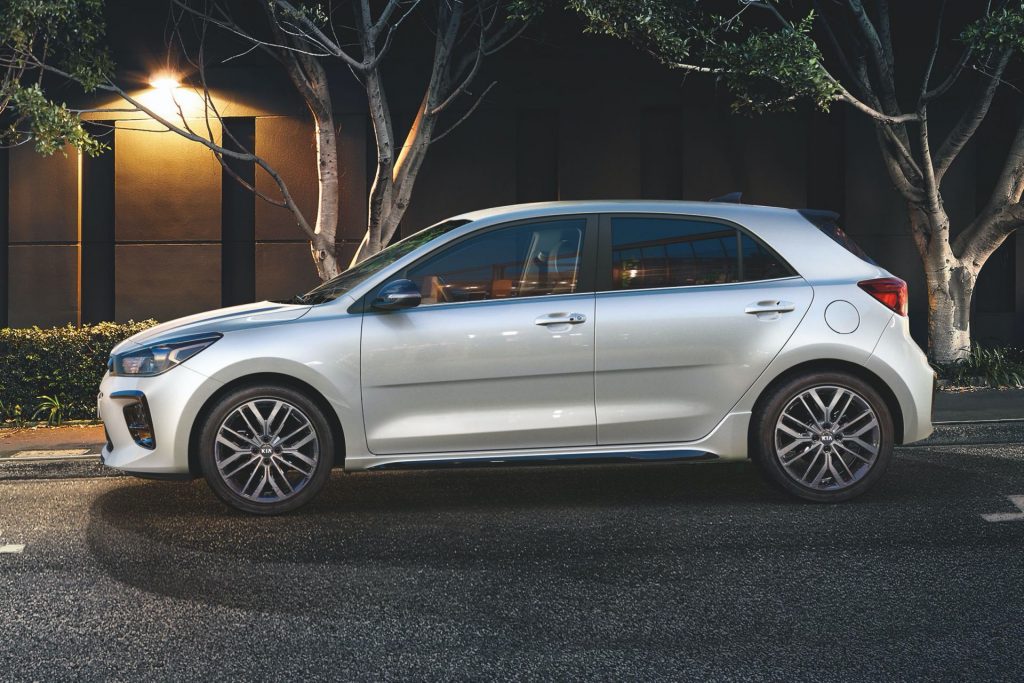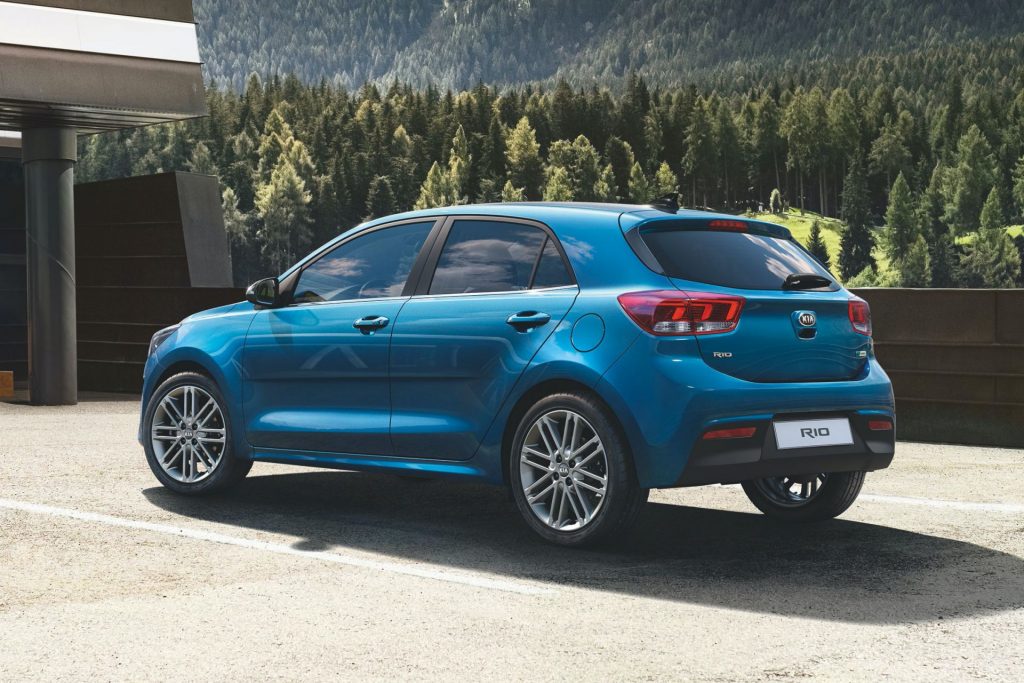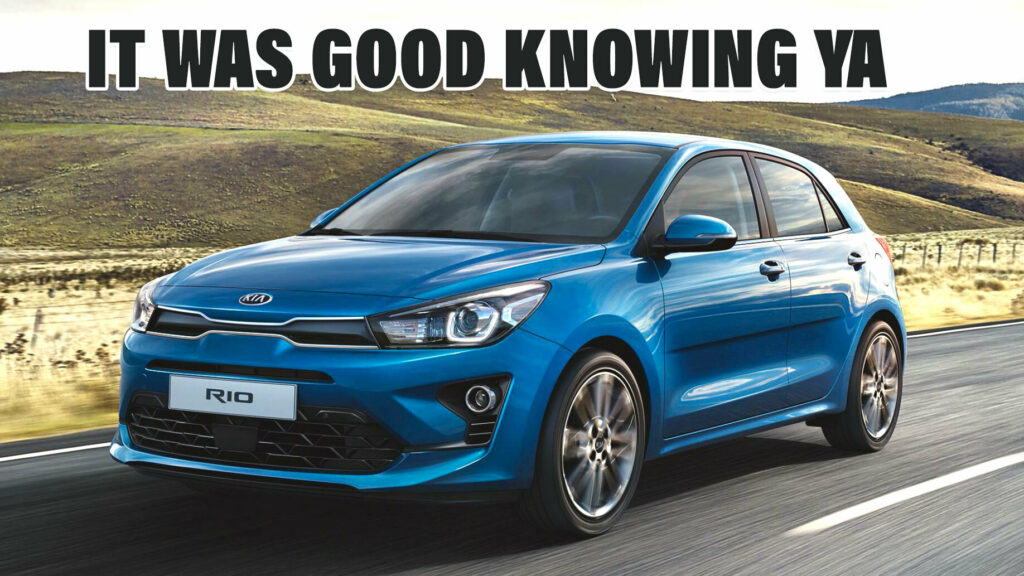The Kia Rio supermini doesn’t have a bright future in the European, and Australian markets, as the automaker decided to drop it from the lineup. Interestingly, the model which is also not sold in South Korea, remains available in North America and other markets that could get a new generation in the future.
As reported by Autocar, Kia stopped shipments for the EU-spec and UK-spec Rio which is produced at the Sohari factory in South Korea for export only. Buyers only have access to the remaining stock, and after this runs out, likely before the end of 2023, the model is expected to formally exit the European markets. Without a planned direct successor, those who want a similarly sized Kia will have to opt for the closely related Stonic or the smaller Picanto.
Similar is the case of the Australian market, as the local arm of Kia confirmed to CarExpert that the next-gen Rio won’t be produced in right-hand-drive form. This means that the supermini will be axed from Down Under as well, leaving the Picanto and the Cerato as the only Kia alternatives for Australian buyers.
Read: Ford Confirms Fiesta’s Demise In 2023, Will Be Replaced By An Electric Puma

Kia’s decision to drop the Rio is due to the slow sales compared to rivals and similarly-sized SUVs. More specifically, In Europe, the Kia Rio sold 32,506 units in 2022, against the 164,119 units of the rival Opel Corsa. Similarly, it sold 4,576 units in Australia, against the 16,168 units of the best-selling MG 3.
The fourth generation of the Kia Rio arrived in 2016. The Korean hatch received a mild facelift in 2020, which means it’s already approaching the end of its lifecycle. It remains to be seen if and when a fifth-gen model will arrive and which markets will get it.
The Kia Rio is following the fate of the rival Ford Fiesta, which will be completely dropped from the automaker’s range this year without a planned successor. Another similarly-sized model that will bite the dust is the more premium Audi A1, with the current generation being the last of its kind.
Automakers have trouble keeping Europe’s small A- and B-segment models profitable in the current era of strict emission regulations. According to VW CEO Thomas Schäfer, the upcoming Euro 7 protocol will add around €5,000 ($5,388) to the production cost of a supermini, making it hard to justify a new generation for the ICE-powered models. This is why some companies are axing small hatchbacks, leaving the more expensive, thus more profitable, SUV equivalents as their indirect replacements – at least until small-sized EVs become a thing.





